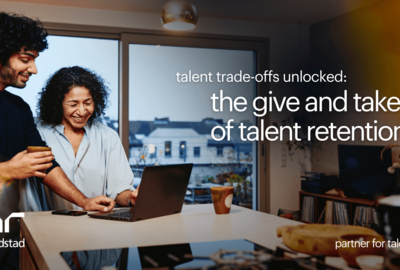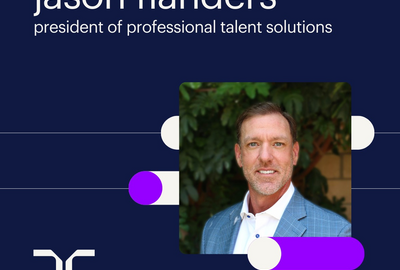what you will find here
See the latest press releases from Randstad US here along with featured content where our company and team have made the news.
check out our most recent
awards and recognition.
press releases
see all articles-
 June 3, 2025
June 3, 2025Talent Trade-offs Revealed: U.S. Workers Won’t Trade Employability for Remote Work.
-
 April 10, 2025
April 10, 2025Randstad partners with Envision Racing to bring quality talent to Formula E.
-
 February 18, 2025
February 18, 2025Randstad US appoints Jason Flanders as President of Professional Talent Solutions.
-
 February 6, 2025
February 6, 2025Randstad USA Reveals the Best Jobs for 2025.
-
 November 14, 2024
November 14, 2024randstad's workmonitor Q3 pulse reveals generational trends in AI adoption at the workplace
-
 October 17, 2024
October 17, 2024hro today: let's talk politics
in the news
see all articles-
 June 21, 2024
June 21, 2024HR Dive: As LGBTQ+ allyship at work grows, persistent challenges remain
-
 January 27, 2023
January 27, 2023Bloomberg: Temp Workers Are Mucking Up the Economic Tea Leaves
-
 January 25, 2023
January 25, 2023CIO Dive: Cautious but confident, tech talent won’t stop job hopping
-
 January 24, 2023
January 24, 2023The Wall Street Journal: Companies Cut Temp Workers in Warning Sign for Labor Market
-
 January 13, 2023
January 13, 2023CIO.com: 5 hot IT hiring trends - and 5 going cold
-
 January 5, 2023
January 5, 2023Money.com: Layoffs are Coming. Here's What to Do if They Hit Your Workplace
media contacts
